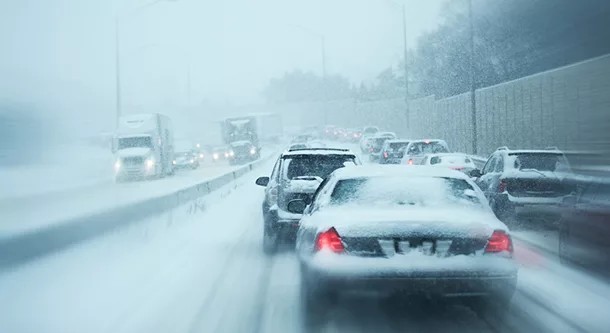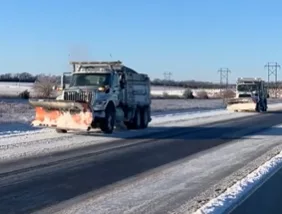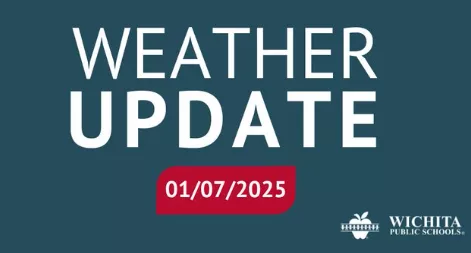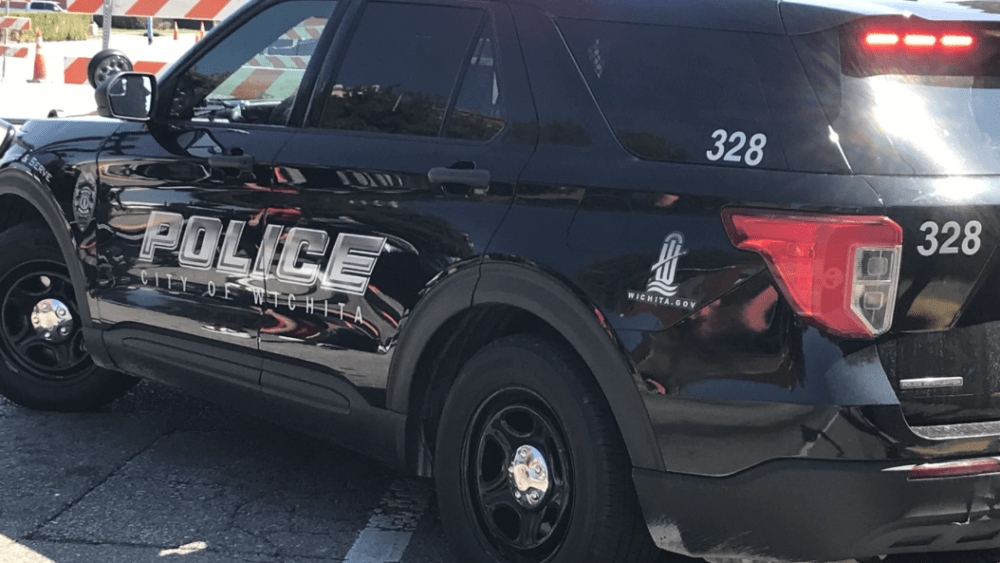AAA Kansas is calling on state residents to be ready as a winter storm brings a mix of ice and snow for the weekend.
AAA is expecting an increase in calls for emergency roadside assistance. Public affairs manager Shawn Steward said in a press release, “The usual trend with winter storms is that many people stay off the roads during the worst of it, and then we see more roadside service calls for dead batteries, crashes and slide-offs afterward, once the storm has passed. With the winter precipitation forecast for Saturday and Sunday, we anticipate high call volume on Monday, as many people head back to work or school.”
Drivers are urged to make sure their cars are ready for winter:
- Make certain your tires have good tread for adequate traction and are properly inflated. For every 10-degree drop in temperature, tires can lose 1 pound of air pressure.
- Have the battery checked by a professional to ensure it is strong enough to face cold weather. When the air temperature is 32 degrees, a battery’s starting power drops 35% and at 0 degrees outside, battery starting power in 60% lower than normal. Also, the average lifespan of a car battery is 3-5 years. AAA members can request a visit from a AAA mobile battery service technician who will test their battery and replace it on-site, if necessary.
- Keep your gas tank at least half-full to avoid gas line freeze-up.
- Ensure that windshield wiper blades are in good condition and the wiper fluid reservoir is full. A winter blend of wiper fluid that resists freezing is recommended.
- Make sure all lights (headlights, tail and brake lights, turn signals) are working properly so you can see and be seen in bad weather conditions.
AAA also has advice for driving in snowy and icy conditions:
- Stay home. If you really don’t have to go out, don’t. Even if you can drive well in winter conditions, not everyone else can. Don’t tempt fate. Stay home until crews can properly clear roadways.
- Check road and weather conditions. Before you leave, assess the conditions of roads along your route. A good source for this is the Kansas Department of Transportation’s KanDrive site, found at http://www.kandrive.gov or mobile app. Also consider loading a good weather app with live radar functionality to keep updated on storm track.
- Drive slowly. Everything takes longer on ice- and snow-covered roads. Accelerating, stopping and turning – give yourself time to maneuver by driving slowly.
- Accelerate and decelerate slowly. Apply the gas slowly to regain traction and avoid skids. Don’t try to get moving in a hurry and take time to slow down well in advance for a stoplight. Remember: It takes longer to slow down on icy roads.
- Manage a skid. If you lose traction and begin to spin or skid on snow or ice, don’t slam on the brakes. Steer in the direction you want the front of the vehicle to go, until your tires regain traction.
- Increase your following distance to eight to ten seconds. This increased margin of safety will provide the longer distance needed if you have to stop.
- Know your brakes. Whether you have antilock brakes or not, keep the heel of your foot on the floor and use the ball of your foot to apply firm, steady pressure on the brake pedal.
- Don’t stop if you can avoid it. There’s a big difference in the amount of inertia it takes to start moving from a full stop versus how much it takes to get moving while still rolling. If you can slow down enough to keep rolling until a traffic light changes, do it.
- Don’t power up hills. Applying extra gas on snow-covered roads just starts your wheels spinning. Try to get a little inertia going before you reach the hill and let that inertia carry you to the top. As you reach the crest of the hill, reduce your speed and proceed downhill slowly.
- Don’t stop going up a hill. There’s nothing worse than trying to get moving up a hill on an icy road. Get some inertia going on a flat roadway before you take on the hill.
[ photo: AAA Kansas ]








